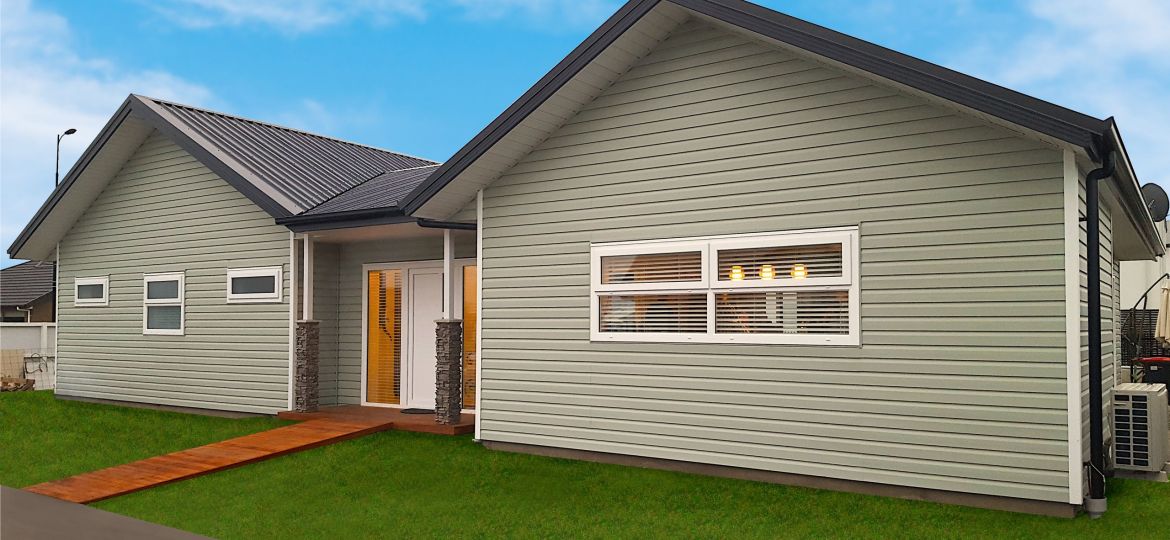As the world continues to focus on sustainability, the building industry is embracing eco-friendly materials to meet the demands of modern construction. Homeowners, architects, and builders alike are seeking solutions that reduce environmental impact, lower energy consumption, and last longer. Vinyl cladding has emerged as a popular choice in the construction world, and its growing role in sustainable building is undeniable. But what makes vinyl cladding a sustainable option for your home? Let’s explore why it’s becoming a key player in the future of sustainable building.
1. Energy Efficiency: A Step Towards Green Living
One of the most significant benefits of vinyl cladding is its ability to enhance the energy efficiency of a home. Vinyl cladding provides excellent insulation, helping to regulate the internal temperature of your home. In colder climates, it keeps warmth inside, while in warmer climates, it prevents heat from entering. This means your heating and cooling systems won’t have to work as hard, resulting in lower energy bills and a reduced carbon footprint. The energy-saving qualities of vinyl cladding make it an ideal choice for homeowners who want to create a more sustainable living space.
2. Durability and Low Maintenance: Reducing Waste Over Time
When it comes to sustainability, longevity matters. Vinyl cladding is known for its impressive durability, which means fewer replacements and repairs are necessary over time. Unlike wood or other traditional cladding materials, vinyl is resistant to rot, weathering, and pests. This durability extends the lifespan of your home’s exterior, reducing the need for constant maintenance and materials. By choosing vinyl cladding, you’re contributing to a cycle of reduced waste, as fewer materials are required for upkeep throughout the years.
3. Recyclability: A Second Life for Your Cladding
Vinyl cladding isn’t just durable—it’s also recyclable. In fact, vinyl is one of the most commonly recycled materials in the construction industry. Many manufacturers are now incorporating recycled materials into their vinyl products, making the cladding even more eco-friendly. At the end of its life, vinyl cladding can be recycled and repurposed into new products, further reducing its environmental impact. By choosing vinyl, you’re supporting a circular economy where resources are reused instead of discarded.
4. Lower Carbon Footprint: A Greener Choice for Construction
Building a home with sustainable materials goes beyond the final product; it includes the entire construction process. Vinyl cladding is lightweight, which makes it easier and faster to install compared to traditional materials like brick or stone. This reduction in labor and transportation requirements helps lower the overall carbon footprint of your building project. Moreover, vinyl cladding’s long lifespan means fewer replacements, further decreasing the need for additional resources over time.
5. The Future of Vinyl Cladding in Sustainable Building
As sustainability becomes an even more pressing concern in the construction industry, vinyl cladding continues to evolve. Manufacturers are investing in greener production methods, aiming to make vinyl cladding even more energy-efficient and eco-friendly. This includes innovations in recycling processes and the use of bio-based materials in the production of vinyl. With advancements like these, vinyl cladding is poised to play an even larger role in sustainable construction in the years to come.
Conclusion: Vinyl Cladding, the Sustainable Choice for Your Home
With its energy efficiency, durability, recyclability, and low carbon footprint, vinyl cladding is a strong contender for the future of sustainable building. Whether you’re looking to reduce your home’s energy consumption, lower maintenance costs, or minimize your environmental impact, vinyl cladding offers a range of benefits that align with the goals of modern, eco-conscious construction. By choosing vinyl, you’re making a smart choice for both your home and the planet.
Interested in learning more about vinyl cladding for your next project? Reach out to us today to explore how this sustainable material can transform your home.



